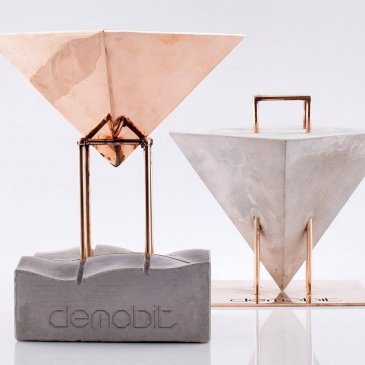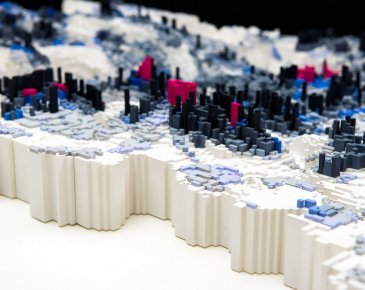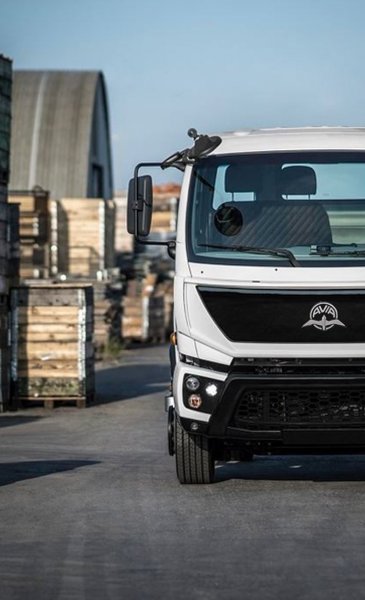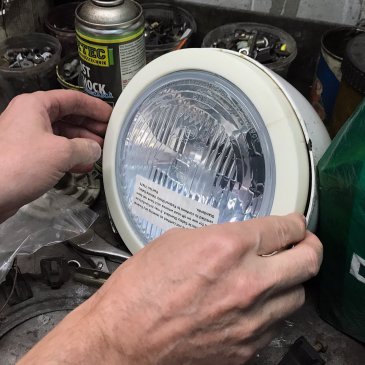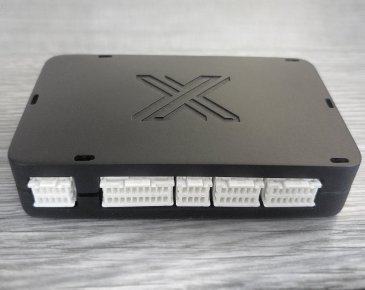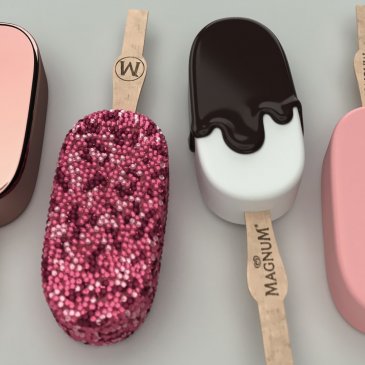FDM (Fused deposition modeling or FFF - Fused Filament Fabrication) is a 3D printing technology that is used for modeling, manufacturing prototypes and final products. It works on the principle of gradual application of molten material in thin layers.
How it works
At the beginning, you need a 3D model of the printed product in the appropriate software. The principle of FDM printing itself is relatively simple.
The thermoplastic wound on a spool is gradually taken over by the print head, which melts the material and gradually applies it to the modeling plate. Once one entire layer is printed, the modeling plate moves and the next layer begins to print. The print head typically moves in the X and Y axes, the modeling plate vertically in the Z axis.
Depending on the printed product, additional vertical supports may also be printed to prevent collapse during printing. These supports need to be removed after printing.
It can be printed using different materials. They can differ not only in color but also in other physical properties. These are materials such as ABS, PLA, PC, PA, polystyrene, rubber, PEEK, HIPS.
History
In 1988, Scott Crump - co-founder of Stratasys Inc. applied for a patent for this 3D printing technology. Another patent was registered by Stratasys in 1992.
In 2004, Dr. Adrian Bowyer founded open-sources the RepRap initiative promoting the production of low-cost self-replicating 3D printers. This has led to a greater spread of these 3D printers and an increase in their popularity among hobbyists.
In 2008, the first such self-replicating 3D printer was produced. And when the patents protecting FDM technology expired in 2009, 3D printing took center stage. More manufacturers entered the market and the price of these printers began to drop radically. This of course meant more interest in this kind of 3D printers becoming readily available.
Since 2009, the first providers of 3D printing as a service have also appeared. FDM printers continued to gain a larger market share even after 2010, not only among hobbyists. They gradually become part of the product development process.
Trends
Today, this type of 3D printing is the most widespread worldwide. There are a large number of manufacturers of printers for hobbyist/individual customers as well as for professional use. They are produced in different sizes. Sometimes you get the impression that every company that has ever produced something today produces its own FDM printers. Therefore, it is not at all easy to know them and choose the right one.
Recently, large and huge professional FDM 3D printers have been gaining ground. New string / filament manufacturers enter the market every now and then. The course features recycled filaments or home-made filament machines for eco-minded users. We assume that the growing popularity of metal 3D printing will also affect new materials for FDM printers.
Even on the Czech market, a considerable number of individuals or companies owning FDM 3D printers of various sizes and prices offer their services. They differ not only in the price of 3D prints, but mainly in their quality (depending on the selected material), size and also in whether they are able to professionally process the 3D print.
Advantages
-
Currently the easiest method of 3D printing
-
Cheap and effective method - minimal waste is created
-
Scalability - the product can be easily scaled to the required size
-
Flexibility - you have a wide range of different thermoplastic materials available
-
A clean solution that can also be used in the office
-
The cheapest 3D printers
Disadvantages
-
Print quality and level of detail low
-
Layer thickness too large
-
The surface of the horizontal layer does not have to be perfectly flat
-
Necessity of postprocessing
-
Materials with a limited lifespan
-
Not suitable for the production of final products
Cotu s.r.o. has extensive experience with FDM printing. We exclusively use professional and industrial printers for it. We especially specialize in the perfect postprocessing of 3D prints. If you want to know more, please contact us.


